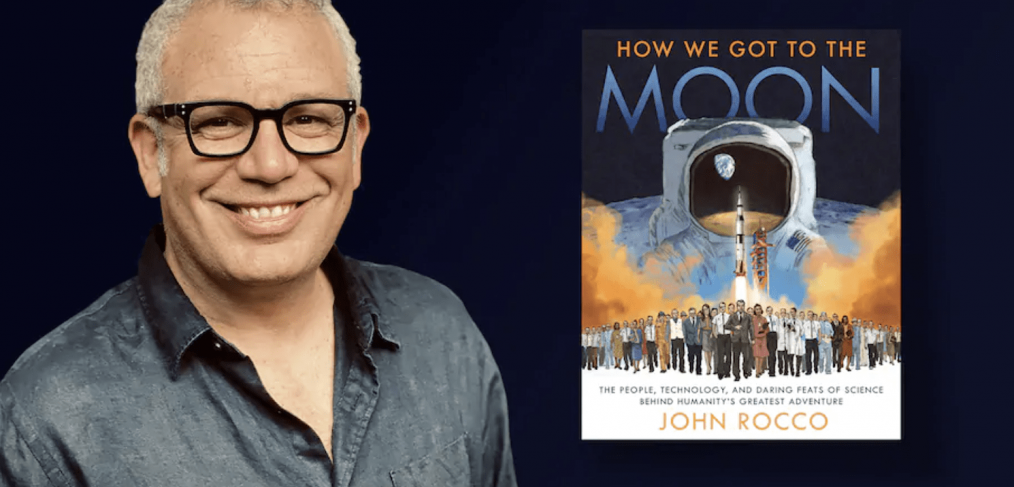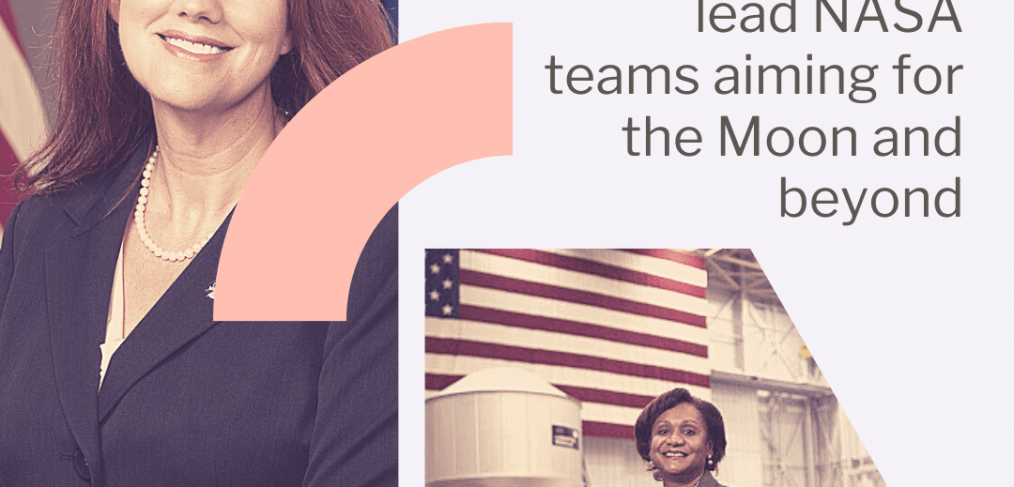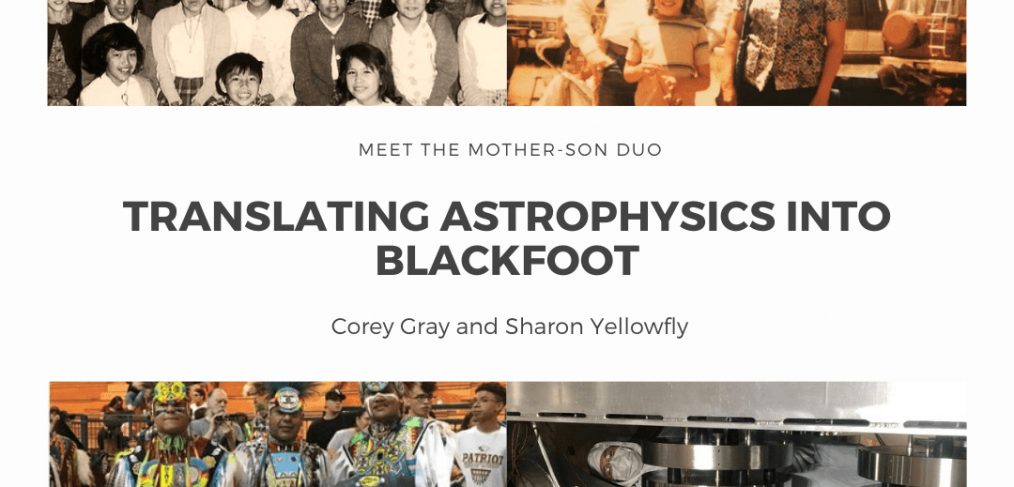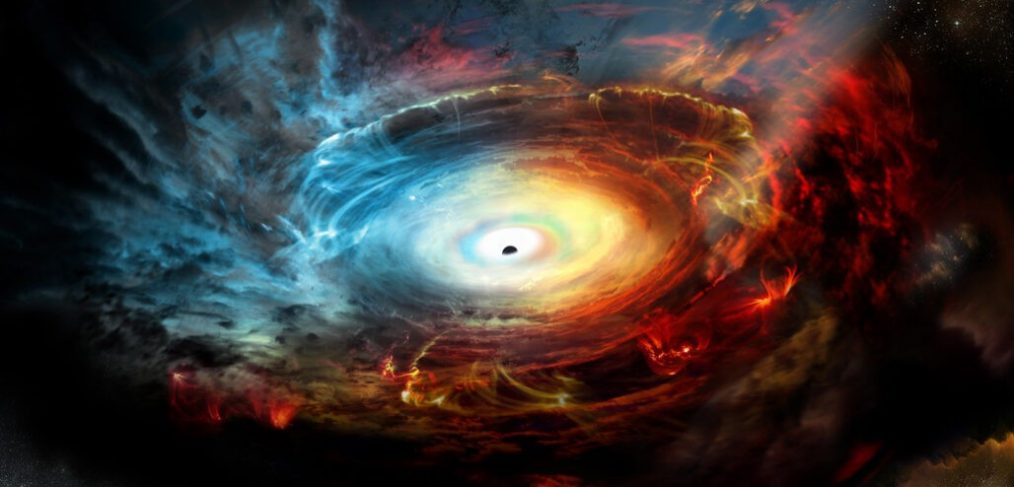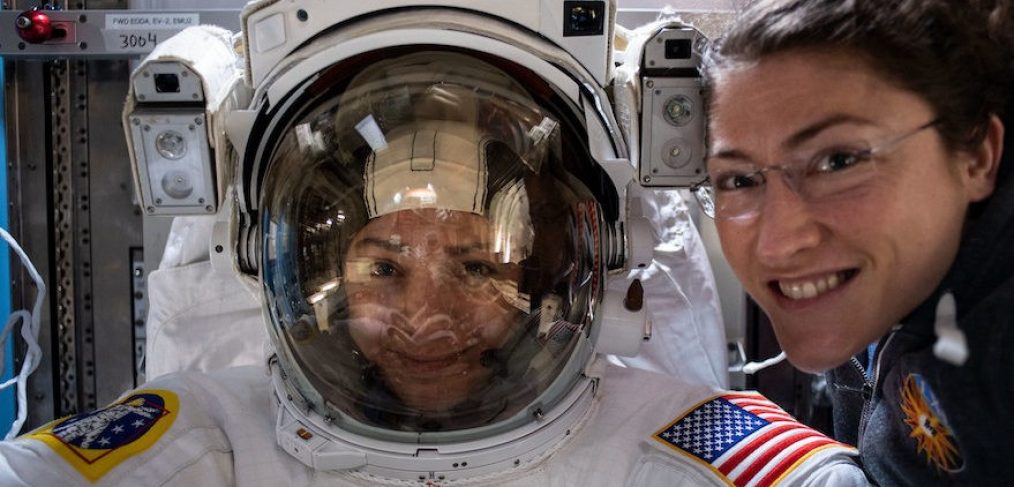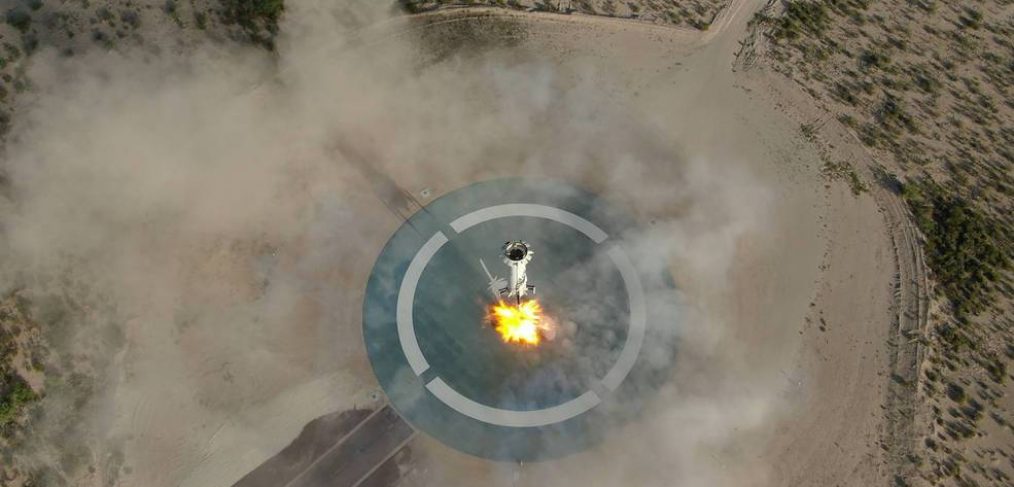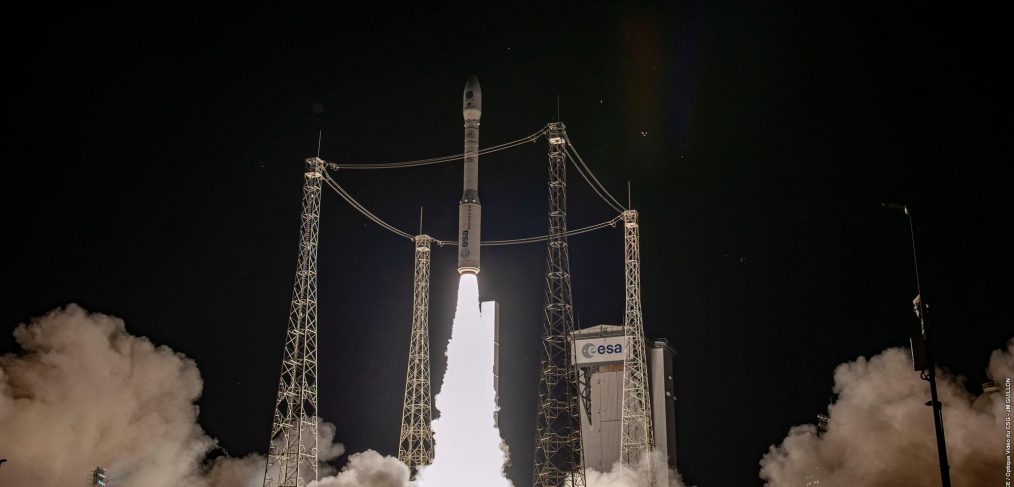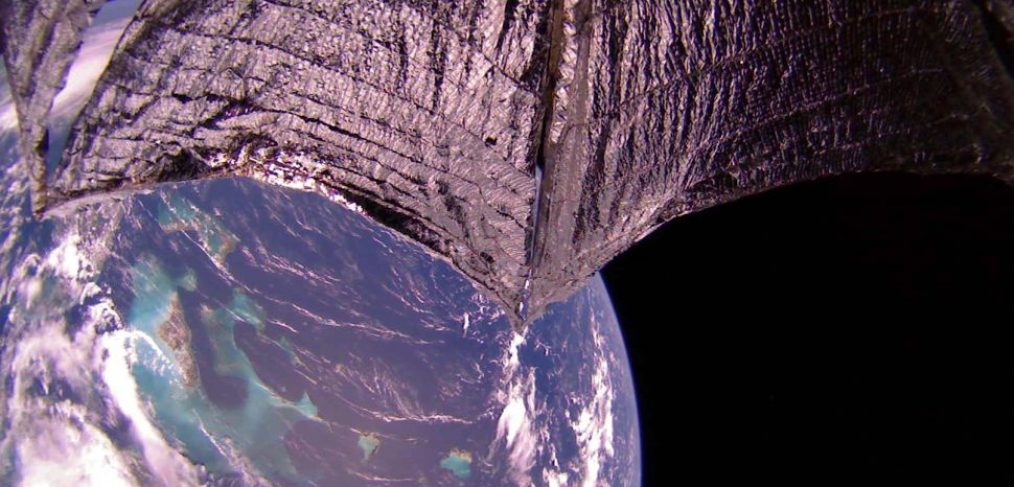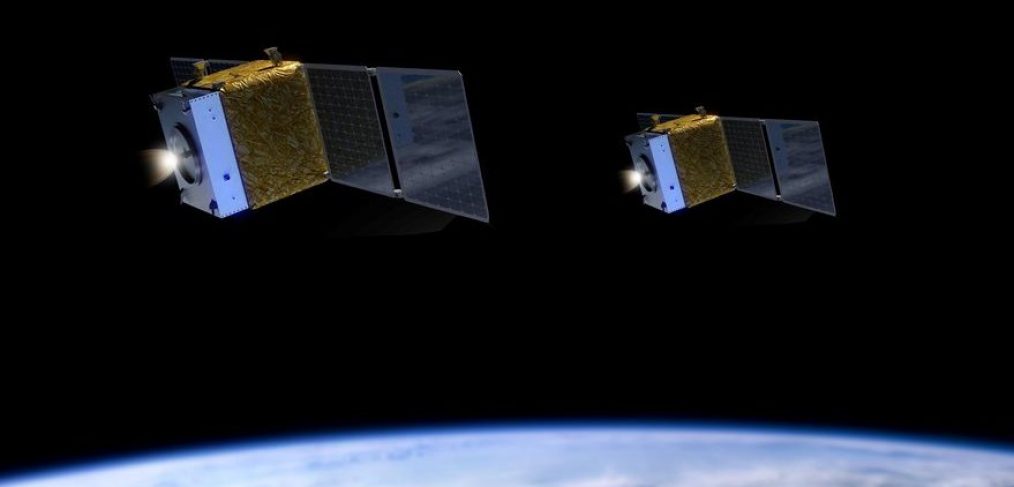In researching, writing and illustrating “How We Got to the Moon,” his first work of nonfiction, Rocco wanted to showcase the science and the human ingenuity that made the 1969 Apollo moon landing a reality. He also wanted to present the mission, which employed 400,000 people across the United States, as “a blueprint” for addressing current “problems that sometimes seem impossible, like climate change and racial injustice. If you look at how people came together back then, you can see a way through.”
(Photos by Hayley Rocco, left; Penguin Random House)
